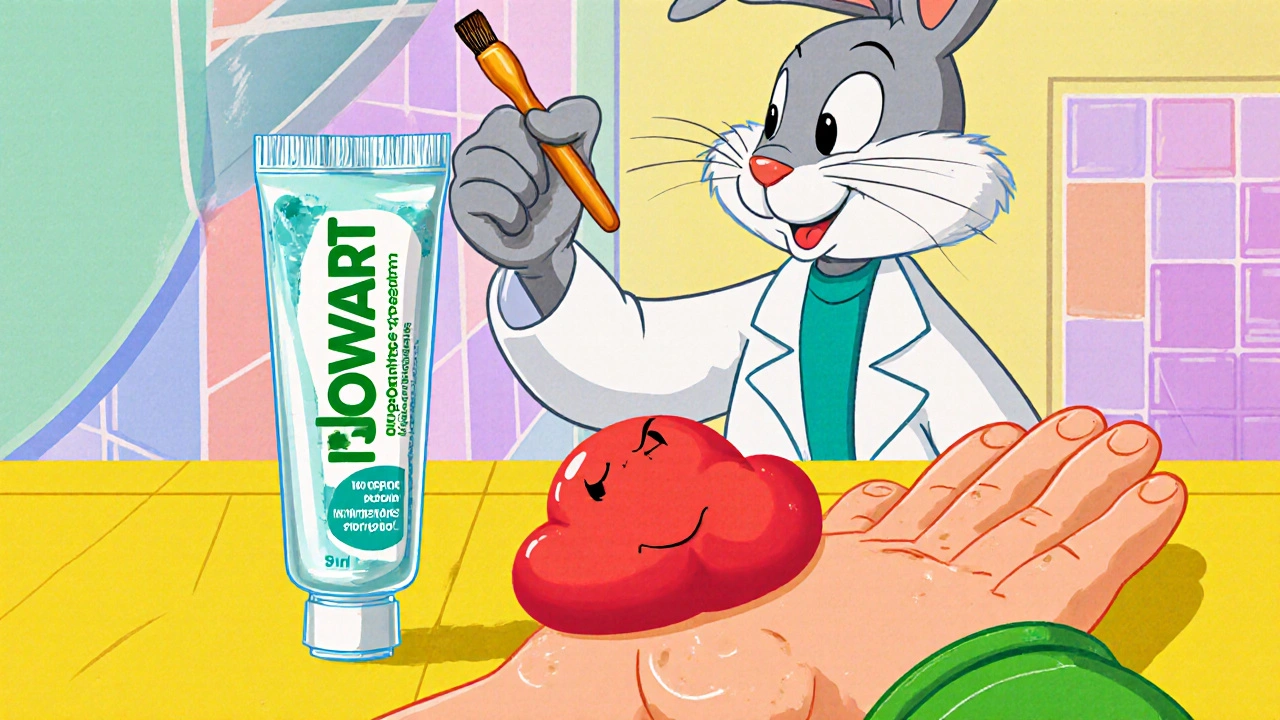Aloe Vera Topical: Benefits, Uses & How to Choose
When working with Aloe Vera Topical, a gel‑based skin product extracted from the aloe plant’s leaves. Also known as aloe gel, it soothes, hydrates, and supports skin repair. It’s especially effective for Skin Inflammation, redness, itching, or swelling caused by irritation or allergic reactions, offers rapid Burn Relief, cooling comfort after minor thermal injuries, and works as a natural Moisturizer, helping dry skin retain moisture and stay supple. If you’re looking for reliable aloe vera topical options, keep reading.
The magic behind this gel lies in its active ingredients: polysaccharides, vitamins A, C, E, and minerals like zinc. These compounds create a soothing anti‑inflammatory effect, which directly reduces skin inflammation. In simple terms, the gel tells your skin cells to calm down, lowering redness and itch without harsh chemicals. This natural approach makes it a favorite for people who prefer gentle, plant‑based care.
When a minor burn occurs, the skin’s temperature spikes and proteins start to break down. Aloe vera topical supplies a cooling layer that draws heat away, while its antioxidants neutralize free radicals generated by the injury. The result is quicker pain relief and a lower risk of scarring. Many users report that applying the gel within minutes of contact feels instantly soothing, turning a painful moment into a manageable one.
Beyond burns, the gel doubles as an everyday moisturizer. Its high water content penetrates the outer layer, while the polysaccharides form a protective film that locks in hydration. This film helps the skin barrier stay intact, preventing transepidermal water loss. For anyone battling dry patches, especially in harsh climates, a thin coat of aloe gel can keep the skin happy without the greasiness of traditional ointments.
Wound healing is another area where aloe shines. The gel’s vitamins and amino acids stimulate fibroblast activity, which is essential for new tissue formation. Small cuts or abrasions benefit from the gel’s antimicrobial properties, reducing the chance of infection while the skin rebuilds itself. Users often notice less scabbing and a smoother recovery compared to leaving a wound exposed.
Choosing the right product matters. Look for labels that list “pure aloe gel” as the primary ingredient and avoid added fragrances, alcohol, or excessive colorants, which can irritate sensitive skin. Certified organic options tend to have higher concentrations of the beneficial compounds. If you have specific skin concerns—like eczema or psoriasis—pick a formula that mentions “clinical grade” or “pharmaceutical strength” for extra confidence.
Safety is straightforward for most people, but a few cautions are worth noting. Individuals with a known allergy to the Liliaceae family should perform a patch test before full use. Pregnant or nursing users can generally use the gel topically, yet it’s wise to consult a healthcare professional if you plan extensive application on large areas. Keep the product out of the eyes, and if irritation persists, discontinue use and seek medical advice.
Now that you understand what aloe vera topical can do—from calming inflammation to accelerating wound repair—you’re ready to explore the detailed articles below. Each post dives deeper into specific use‑cases, product comparisons, and practical tips, giving you the knowledge to make informed decisions for your skin health.
